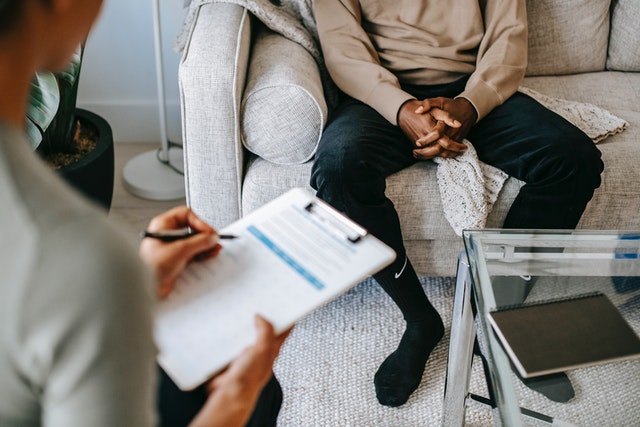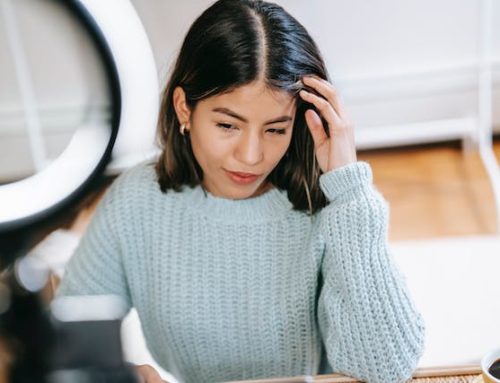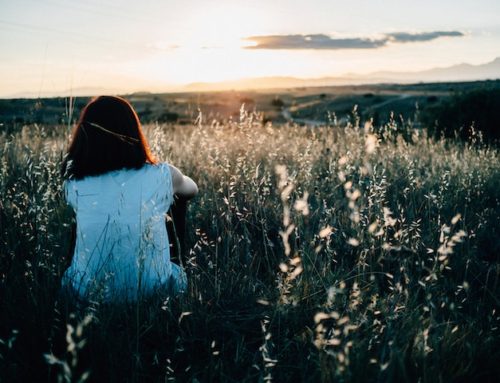From time to time, we all have periods where we just aren’t feeling like our normal selves. We can feel irritable or just plain grumpy. We feel low and unhappy, with no interest in our regular activities or hobbies. Depression is something that many, unfortunately, deal with regularly.
There’s a common misconception about depression that many people have. Many will wrongly assume that if you have depression, it means you will have many up and down moments. That isn’t always the case. For most, depression is characterized by long bouts of “low” moods.
This is a key difference between depression and bipolar depression. Let’s dive in more.
What Is Depression?
Depression is more than just feeling sad. People who are going through depression can experience anything from:
- Irritability
- Anger
- Fatigue
- Sleeping too much
- Loss of interest in hobbies, activities, or being around loved ones
- Difficulty with focusing
- Sadness or feeling helpless
And so much more.
To be formally diagnosed with clinical depression, a person must experience any number of these symptoms for longer than 2 consecutive weeks.
What Is Bipolar Disorder?
Bipolar disorder(BPD) is a mental health condition when someone experiences frequent mood changes. We all go through periods when we feel great and then don’t. But those who suffer from BPD experience these changes more often and more intensely. This is sometimes referred to as “manic episodes.”
What Are The Differences Between Clinical Depression And Bipolar Depression?
 1. BPD Depression Is Characterized By Manic Episodes
1. BPD Depression Is Characterized By Manic Episodes
When someone is going through manic depression, they are going to have a slightly different experience. They will have intense “highs” or moments when everything feels great. They’ll feel more energetic and motivated to get more down. They may even talk a lot or be super bubbly and happy. Then there will be the lows, which will more closely mirror classic depression symptoms.
2. Chronic Vs. Non-Chronic
A second key difference between the two is whether or not it is chronic or ongoing. With classic depression, the symptoms will consistently stay the same, and they will be over an extended amount of time. Typically, longer than two weeks. So when someone goes through a depressive episode, it will need to last longer.
When someone has bipolar depression, there will be no rhyme or reason to it. Someone may experience 3 days of classic depression symptoms, followed by 8 days of the “mania high.” Then it could be 1 week of classic depression symptoms and so on and so forth.
It will be very random and not follow any certain pattern.
3. Causes
Classic depression can be caused by chemistry, family history, or life events. Either brain chemistry or family history can cause both depression and bipolar depression. This is where the causes of depression and bipolar depression will stop.
Bipolar depression is caused by brain chemistry and family history. Life events or traumatic situations will not cause someone to develop bipolar depression.
What To Do If You Suspect Bipolar or Classic Depression
If any of the above resonates with you, it’s important to reach out to those who can help. They can help rule out anything more and recommend medications to help you feel more stabilized. An important step in this process is to get an official diagnosis from a medical provider such as your family physician.
In both cases, medical treatment is not just enough. With both mental health conditions, working with a licensed therapist can help you learn techniques to manage your symptoms in a way that does not just mask them. A combination of medication and therapy can be an extremely powerful tool when dealing with both forms.
I understand how hard depression can be to deal with. And I also understand how manic episodes can make you feel over time. Reach out so you can learn more about depression therapy and how I can help you through.




